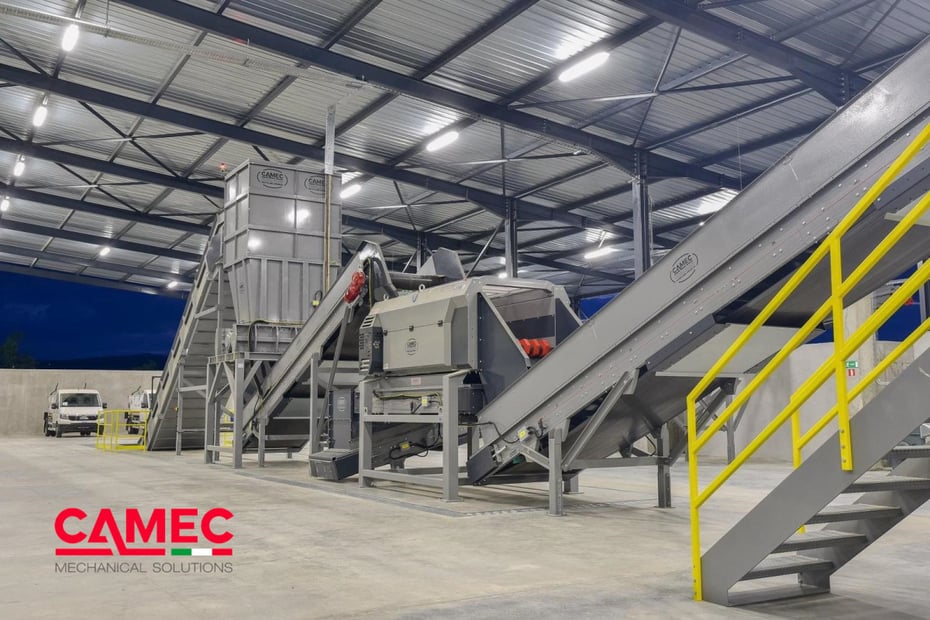A proper managing of the waste means, first of all, being able to classify it in the appropriate way, and then send it to the most suitable recovery and recycling plants (recycling plants), which vary according to the quantity and type of product to be treated and its dangerousness.
Municipal waste vs special waste
To classify waste, first of all, it is necessary to establish whether it belongs to the urban waste family or to that of special waste. This classification is fundamental because only in this way is it possible to treat each type of waste in the correct way, preventing contamination or environmental pollution.
Within the urban waste family we find:
- All waste produced inside civilian homes, regardless of size
- Non-hazardous waste from places other than homes which, however, can be assimilated in quality and quantity to household waste (each individual Municipality establishes which activities can be considered “assimilated”, based on national guidelines)
- Waste from street cleaning activities
- Waste abandoned on the streets or in public places
- Waste from gardens, parks, cemeteries and other green areas
- Waste from cemetery activities
While, instead, special waste includes:
- Waste produced by agricultural activities
- Waste deriving from excavation, building and demolition activities
- Waste from industrial and artisanal processing
- Waste produced by commercial and service activities
- Waste deriving from waste recovery and disposal activities
- Waste deriving from healthcare activities
- Obsolete machinery and equipment
- End of life vehicles and their components
It is important to underline that “special waste” does not automatically mean “hazardous waste“: special waste must be disposed of in compliance with specific procedures and regulations, which differ according to the quality, quantity and place of production, but this does not mean that they are produced intrinsically harmful to the environment or to humans, just as urban waste does not mean that it won’t require special attention. A home refrigerator or washing machine, for example, being WEEE products, must be disposed of following a specific procedure, even if they are municipal waste to all effects. Alongside the first distinction between municipal waste and special waste, therefore, a further classification must always be made, which is necessary to distinguish hazardous waste from non-hazardous waste.
How to treat urban plastic waste and special plastic waste
Plastic waste is produced both by private citizens inside their homes and by industrial or artisanal plants and can therefore be classified as both urban waste and special waste.
This classification affects their treatment: urban plastic waste, separated directly by users and sent to the appropriate collection bins, is automatically sent to the recycling centres. Here they are subjected to an initial selection, necessary to eliminate any non-plastic components present within them, and then further divided, separating the lighter plastics (such as PE and PP) from the heavier ones (PET and PVC). The different types of plastic, sometimes differentiated also on the basis of their colour, are then washed, separated, centrifuged and ground, to obtain chips or flakes with uniform size, which can then be reused in various ways. This complex set of operations is carried out with different types of shredders and granulators , which vary according to the type of plastic treated and the intended use of the recycled plastic.
Industrial plastic waste undergoes a similar treatment, but the legislation that concerns them is more stringent, since the law establishes limits on the delivery of special waste in the various plants. Each disposal plant must comply with particular constraints that limit the quantity and quality of waste that can be treated internally, in compliance with the AIA (Integrated Environmental Authorization); also for this reason, special waste can be disposed of in factories located anywhere, while urban waste must necessarily be treated in the province or region in which it was produced.
All industrial waste is classified with a CER code (European Code of Waste, a combination of 6 digits that allows you to identify the type of product to be disposed of and its production process, as well as to know if it is a hazardous waste or not) and subsequently analysed to verify its composition, in order to establish in which plant it can be sent for disposal and recycling. Once the destination plant has been defined, the waste is transported from the place of production to that of disposal by special means, accompanied by a series of documents that guarantee the traceability of the waste in all its treatment stages.
When it arrives at the recycling plant, industrial plastic waste follows a similar path to that of municipal waste and is then ground with shredders and granulators, to be transformed into chips, flakes or flakes to be reused as a secondary raw material.

